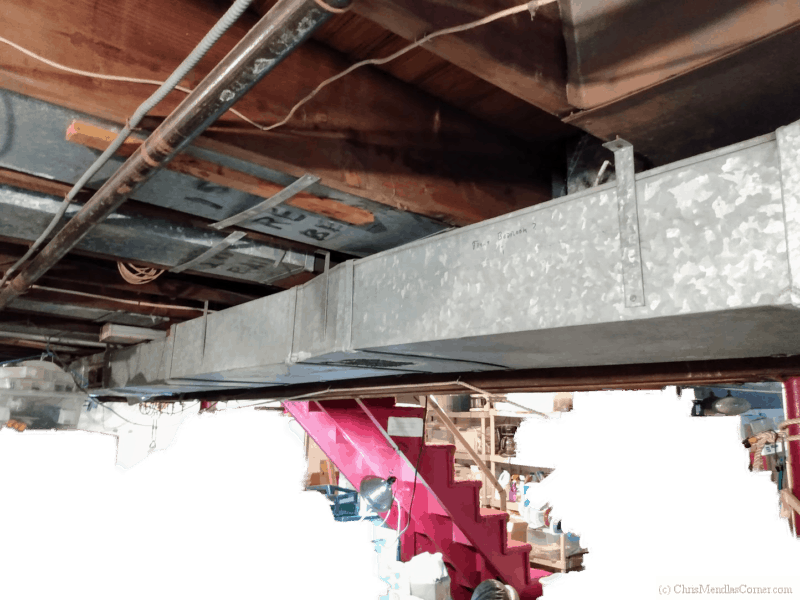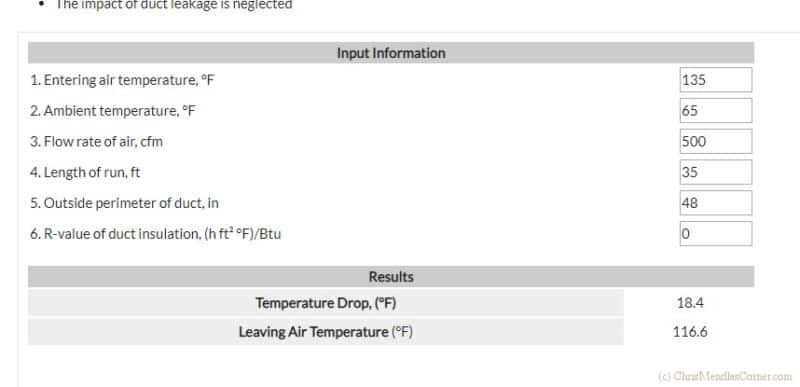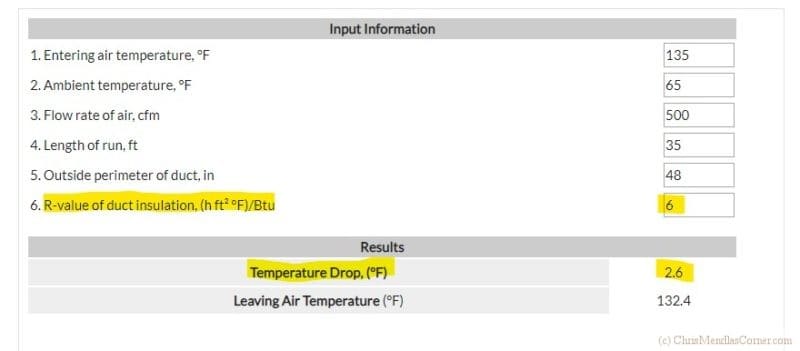Last Updated on 5 years by Christopher G Mendla
If you have an older home with forced hot air heat and uninsulated ducting, you may be wasting a lot of money on heating
I own a Cape Cod style house built in the 1950’s. The heat natural gas, forced hot air. The basement is used for storage and laundry. It is not a living space. Galvanized sheet metal ducting runs the length of the basement.
I use a wood stove for supplemental heat. The wood stove is located in the basement. My office is on the first floor in the breezeway. I wanted to monitor the status of the fire with a remote thermometer. I hung the remote sensor in the rafters between the furnace and wood stove. The remote thermometer worked great. However, I checked it on a day when the stove was not lit. To my surprise, the temperature in the rafters was well over 80 degrees.
It dawned on me that heat was radiating out through the galvanized ducting.
Below is a view of the original ductwork. (with the basement clutter cleverly edited out). Supposedly ducts last 15 years or so. These ducts are probably on the high side of 40 years. I didn’t win the last Megamillions so replacing them isn’t quite in the current budget.
Analyzing the heat loss
Note – I’m not trained in HVAC so a lot of this is more or less an educated guess. The first thing I did was to check the ducts with a laser thermometer. The readings were a lot higher than I expected. I was seeing 135 degrees near the heater. Given the surface area of the main duct, that meant that a lot of heat was radiating into an unused basement.
I also spot checked the registers. Note that this is not an exact science as there are a number of variables which can affect the readings such as the length of time that the furnace has been running and the current temperature of the house.
Online calculators
You can find a number of online heat loss calculators. One such calculator is provided by Whole Building Design. The screenshot incorporates some rough estimates.
This shows that I am losing almost 20 degrees Fahrenheit before the air gets to my first floor kitchen and breezeway office. The insulation I planned on installing has an r-value of 6. Changing the insulation factor results in the following
That shows that insulating the main duct would result in a huge increase in efficiency. Without insulation I was losing about 15 percent of the heat. With insulation, I should only lose about 3 percent. Keep in mind that the heat going into the rafters is not totally wasted. That heat will heat the floors of the first floor rooms. However, that seems to be an inefficient way to heat a room.
Conclusion – It pays to insulate your furnace ducts.
That convinced me of the value of insulating my furnace ducts.
Insulating the ducts will undoubtedly reduce gas and electric costs. The heating system run times should be shorter due to the increased efficiency.
Note – The effects of insulation might not be as significant in the case of running the air conditioning in the summer as the basement is naturally cooler.
See our post on how to add insulation to your ducts





